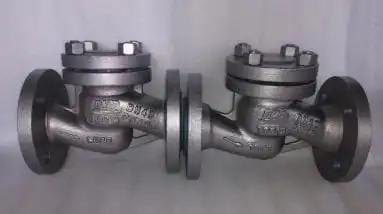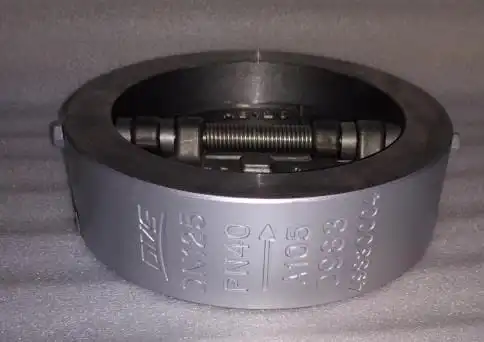According to the structure, the check valves can be divided into lift check valves, swing check valves, butterfly check valves and other check valves, such as silent check valves and bottom valves, etc.
How to choose check valves:
1. In order to prevent the medium from flowing backward, a check valve should be installed on the device and the pipeline;
2. Check valves are generally applicable to clean media, not suitable for high-viscosity media containing solid particles;
3. Generally, horizontal lift check valves should be used on horizontal pipes with a nominal diameter of 50 mm;
4. Straight-way lifting check valves can only be installed in horizontal pipes;
5. The bottom valve is generally installed only on the vertical pipe of the pump inlet, and the medium flows from bottom to top;
6. The lift check valve has better sealing performance than the swing type, and the fluid resistance is large.
7. The installation position of the swing check valve is not limited. It can be installed on horizontal, vertical or inclined pipelines. If it is installed on vertical pipelines, the flow direction of the medium should be from bottom to top;
8. Swing check valve can be applied to any working medium and any working temperature depending on different materials of the body and seal. The medium can be water, steam, gas, corrosive medium, oil, medicines, etc. The working temperature is between -196℃ and 800℃.
9. The swing check valve is suitable for low-pressure conditions and large-diameter pipes.
10. The installation position of the butterfly check valve is not limited. It can be installed on the horizontal pipeline, vertical pipeline or inclined pipeline.
 |
 |
